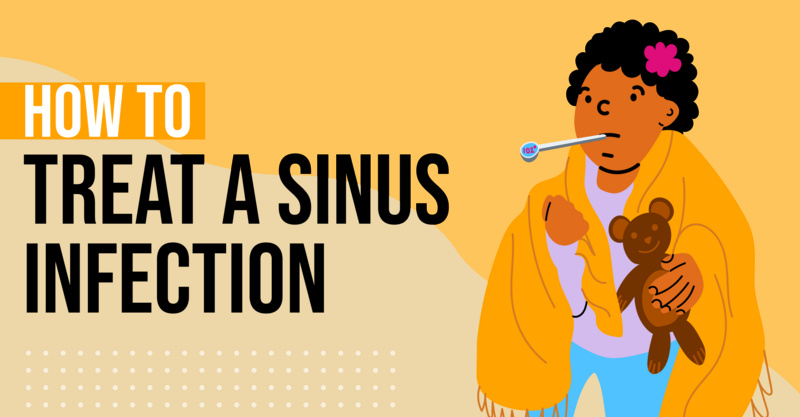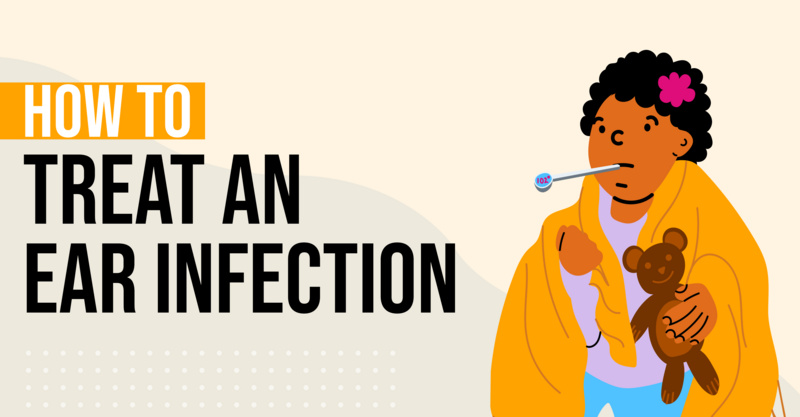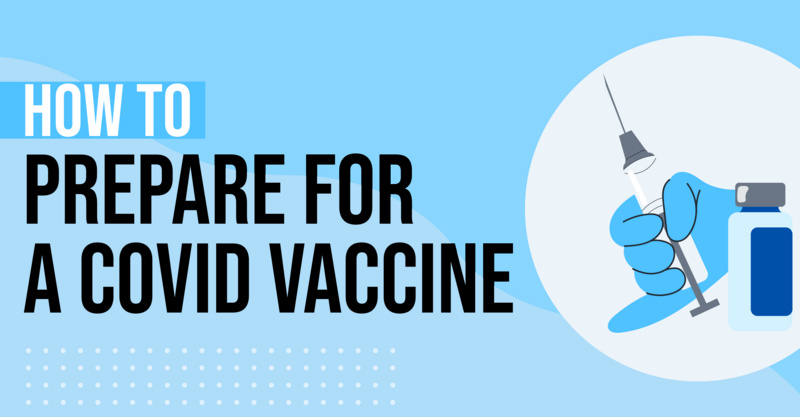Key Points
- The article outlines seven common symptoms of a cold, which include congestion, cough, sneezing, runny nose, fever, headaches, and sore throat, and suggests appropriate cold medicines to treat each symptom.
- It explains the causes of these symptoms and how different types of cold medicines work to alleviate them.
- The article also highlights the potential risks associated with the use of cold medicine.
- It advises readers to consult with their doctors about cold medicine, providing a list of potential questions to ask.
7 Reasons You Would Need Cold Medicine
1. Congestion
Nasal congestion is a symptom in which the tissues and sinuses in the nose become swollen due to inflamed blood vessels.[1] The inflammation that causes congestion can be triggered by the common cold, allergies, or sinus infections. Nasal congestion can feel like a stuffy nose, but many times, no mucus is present, and the “stuffy” feeling is a result of swollen blood vessels.
Decongestants that reduce swelling in the nose and sinuses relieve congestion caused by the common cold and help you breathe more easily.[2] Decongestants are commonly available in the form of pills, syrups, and nasal sprays.
2. Cough
Coughing is the body’s way of eliminating germs, mucus, and other harmful substances from the lungs. Coughing is commonly caused by respiratory tract infections such as the common cold and flu, but may also be a symptom of allergies, asthma, acid reflux, postnasal drip, and irritants such as cigarette smoke and strong perfumes.[3]
Cough suppressants and expectorants can treat coughing caused by the common cold.[4] Cough suppressants block your cough reflex to minimize and quiet coughing, while expectorants help thin and loosen mucus. Drinking water while using expectorants can help flush and eliminate mucus from the body more quickly and easily.
3. Sneezing
Sneezing happens when mucous membranes in the nose and throat become irritated; it is the body’s way of trying to relieve or eliminate the source of irritation.[5] Sneezing can occur because of the common cold or flu, allergies, drug withdrawal, and triggers such as dust, spicy foods, and air pollution.
Antihistamines can relieve sneezing caused by the cold or flu virus by preventing nose tissue from itching and swelling in a way that triggers sneezing.[4] Antihistamines are commonly available in the form of tablets, capsules, and liquid.
4. Runny Nose
A runny nose develops when nose tissues become irritated or inflamed and mucous membranes in the nose produce excess mucus in an effort to fight and clear away harmful germs and bacteria. Common causes of a runny nose are cold and flu, allergies, sinusitis, drug withdrawal, and nasal polyps.
Antihistamines relieve a runny nose by blocking the body’s production of histamine to reduce irritation and inflammation in nose tissue. Antihistamines can also relieve symptoms of sneezing and watery eyes.[4]
5. Fever
A fever is a result of the body trying to fight and eliminate bacterial and viral infections, such as the common cold and flu. Fever caused by the common cold might accompany symptoms of chills, sweating, headache, and muscle aches. A fever can also be a result of trauma or injury, legal or illicit drug use, and certain medical conditions, such as arthritis, gout, and cancer.[6]
Pain relievers and fever reducers, such as aspirin, acetaminophen, and ibuprofen can lower a fever.[4] These medicines also reduce swelling and inflammation to relieve pain.
6. Headaches
Headaches from the common cold are usually caused by congestion and sinus problems and felt around the head — particularly in the nose and sinus areas. Pain can intensify and become stronger with sudden head movements and might be worse in the morning because of mucus buildup throughout the night. Cold medicines in the form of pain relievers can help reduce headaches caused by the common cold.[7]
7. Sore Throat
A sore throat is usually the first sign of the common cold, and it goes away after one or two days.[8] This cold symptom may be caused by either bacteria or viruses, but most are viral. A sore throat is usually followed by other cold symptoms, including a runny nose, a cough, sneezing, and watery eyes.
A sore throat may be treated using pain relievers, cough suppressants, throat lozenges, and some combination of cold medicines.
Understanding Cold Medicine
All cold medicines work differently to treat different cold symptoms. Knowing the differences between cold medicines can help you choose the right medicine for your symptoms.
- Nasal decongestants relieve nasal congestion, sinus pressure, and stuffy nose.
- Cough suppressants reduce and quiet coughing.
- Expectorants help loosen and clear mucus from the lungs.
- Antihistamines treat symptoms of runny nose, sneezing, and watery eyes.
- Pain relievers reduce and relieve pains, headaches, and body aches caused by cold symptoms.
- Fever reducers work to reduce fever and high body temperature.
Risks of Cold Medicine
Some cold medicines can cause drowsiness, while others can relieve symptoms without causing drowsiness. Talk to your doctor before using cold medicine, as some medicines can worsen existing health conditions, including high blood pressure, heart disease, and kidney or liver problems, and can interfere with certain medications.[9,10]
Pregnant women must read the labels of cold medicines to make sure they are safe to use while pregnant. Combining cold medicines could cause serious health problems, including death. Reading labels of cold medicines can help you determine whether ingredients overlap or are safe to use with other cold medicines.
What to Expect With Cold Medicine
Cold medicine can cause side effects that include nausea, dizziness, and sleepiness. Some cold medicines must be taken on an empty stomach to prevent certain foods from interacting with ingredients. Cold medicines reduce and relieve some cold symptoms but do not shorten a cold.[11]
Questions to Ask Your Doctor About Cold Medicine
- How long can I safely use cold medicine?
- Will cold medicine relieve all my symptoms?
- What are the side effects of cold medicine?
- Which cold medicines work best for my symptoms?
- Can you prescribe stronger medicines to relieve my symptoms?
- Is cold medicine safe to use with my existing prescriptions?
- How can I tell if symptoms are a side effect or allergic reaction to the cold medicine?
Cold Medicine May Also be Known as
- Nasal decongestant
- Cough suppressant
- Expectorant
- Antihistamine
- Pain reliever
Frequently asked questions
What are the seven common symptoms of a cold?
The seven common symptoms of a cold are congestion, cough, sneezing, runny nose, fever, headaches, and a sore throat.How can cold medicine help with these symptoms?
Cold medicines like decongestants, cough suppressants, expectorants, antihistamines, pain relievers, and fever reducers can alleviate these symptoms by treating the underlying causes.What causes these cold symptoms?
These symptoms are caused by various factors such as swollen blood vessels, bodily reactions to harmful substances, irritation in the nose and throat, inflammation, excess mucus production, and infections.Are there any risks associated with using cold medicine?
Yes, there can be risks associated with using cold medicine. It's important to consult with a healthcare professional before starting any new medication.What types of cold medicines are there?
There are several types of cold medicines, including decongestants, cough suppressants, expectorants, antihistamines, pain relievers, and fever reducers.How can I manage a headache caused by a cold?
Headaches caused by a cold can be managed with pain relievers, which can reduce the discomfort associated with congestion and sinus problems.What should I do if I have a sore throat from a cold?
A sore throat from a cold can be treated with pain relievers, cough suppressants, throat lozenges, and cold medicines.What questions should I ask my doctor about cold medicine?
You should ask your doctor about the potential risks and benefits of cold medicine, the appropriate dosage, possible side effects, and the best type of medicine for your specific symptoms.
Solv has strict sourcing guidelines and relies on peer-reviewed studies, academic research institutions, and medical associations. We avoid using tertiary references.









